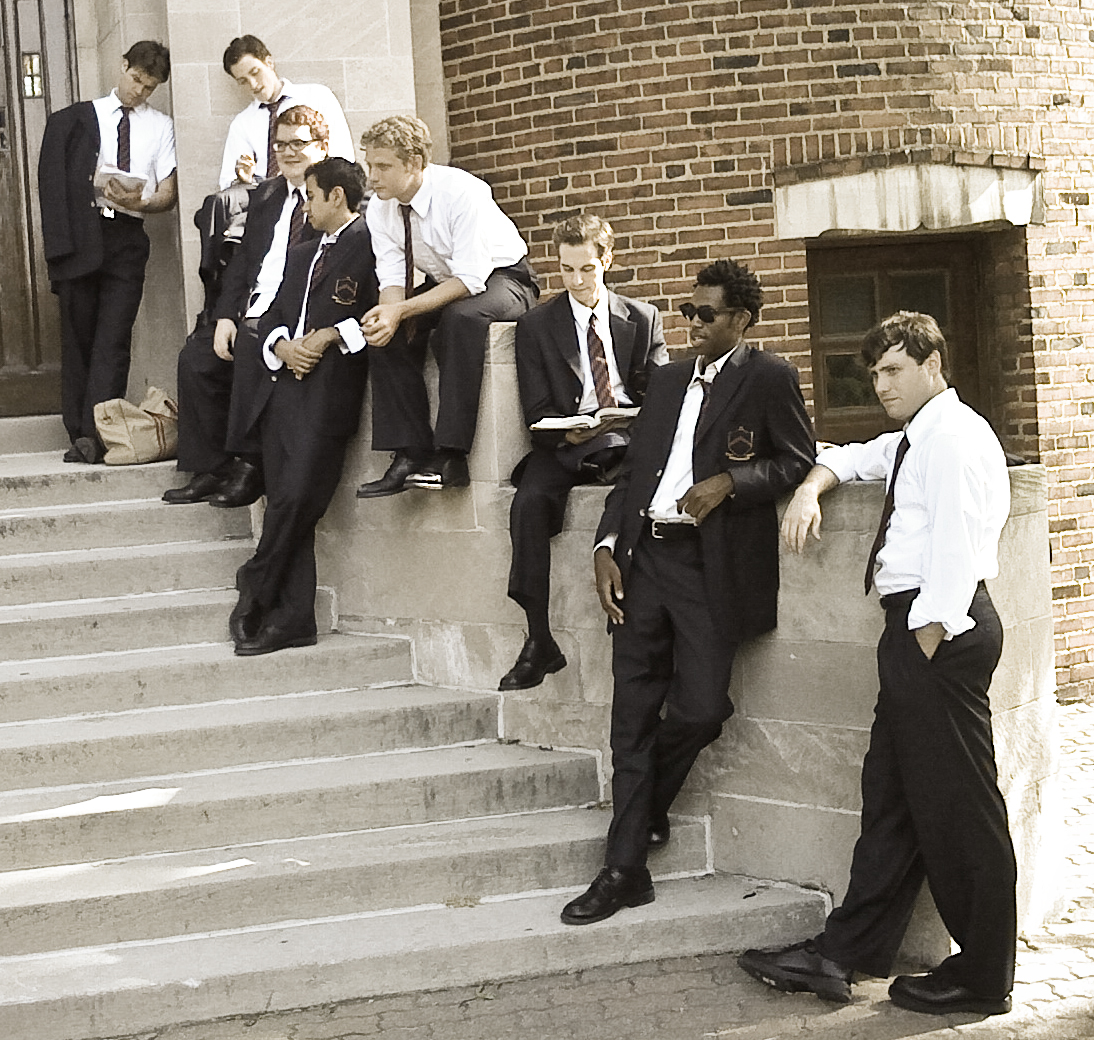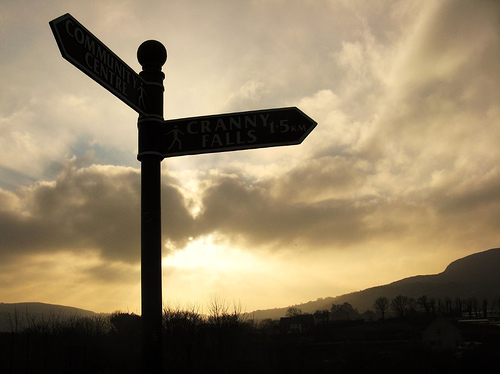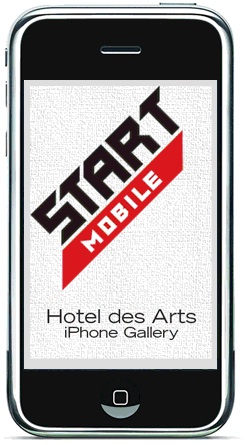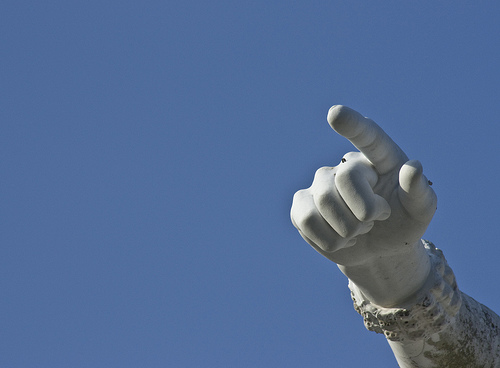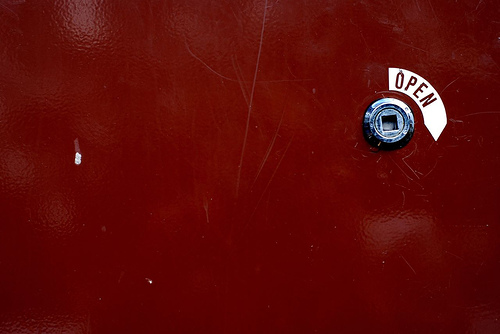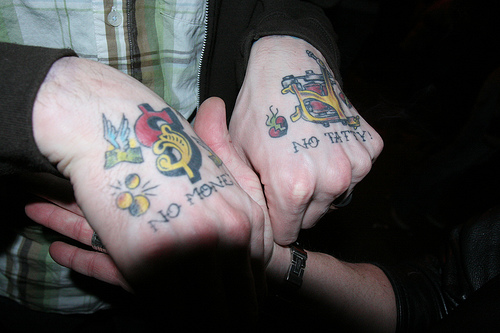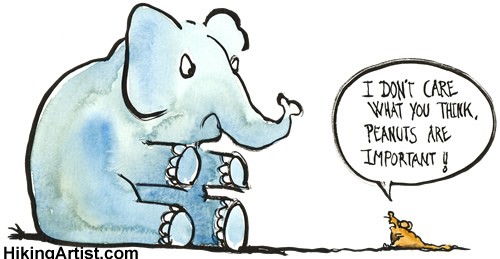The "boys" of PICT's "The History Boys." Photo courtesy of PICT.
In 2006 Stephanie Riso, Operations Director of the Pittsburgh Irish and Classical Theater (PICT), recognized the limitations that performance space imposed on ticket sales for her popular Cabaret Pittsburgh project. She considered ways to expand the audience of the musical revue without finding a new location or having to take the show on the road, and landed on the possibilites afforded by internet streaming.
Riso discovered that, with the exception of the Kennedy Center's free online performances of Millennium Stage musical acts, there was no precedent for streaming live performance online. With fellow Carnegie Mellon alumnus Alex Geis, and his company 21 Productions, Riso developed a live stream for Pittsburgh Cabaret. Upon seeing that "the (sound and video) quality was amazing, " she determined that she could use this technology to live stream PICT's theater productions.
“PICT’s long-term goal is to create a new revenue stream that will help to sustain the organization and live theatre into the future," explains Riso. Like so many theaters, PICT is small, limited by region and budget, and cannot tour under the Actors Equity SPT contract. So Riso conceived LIPLO™ (for "Live In Person and Live Online"), a hub where tickets could be sold to online streams of live performances and watched in real time. What was once just a dream of live theatrical streaming is -- almost -- a reality.
"Online presents great promise to theatres, but only if there is something worth watching; no one goes to a theatre website to ‘hang out’ and read about the upcoming shows. They go to the website simply to get the necessary information so they can attend a performance if they happen to live in that city. But, if there is a place online where a person can go and be entertained with a high quality experience – that changes the conversation and opens up potential ad revenue and customers/patrons,” explains Riso.
Last Saturday was to be PICT's inaugural, open-to-the-public, free LIPLO™ test stream (of PICT's production of Alan Bennett's "The History Boys"). Unfortunately, with less than a week to go, AEA and AFTRA could not agree on contract terms, and Riso had to pull the plug on the stream. "[W]e had secured the rights from Alan Bennett (the author) plus Fox, who owns the film, new media and broadcast rights – which was a very big deal. . . .Knowing that Actors Equity would be the biggest obstacle, I approached them in February 2009 to start the conversation. Their initial email response was that at the time they were not giving permission for actors to participate in live streaming. However, upon further conversations with their filming and taping department they encouraged me to talk with AFTRA (American Federation of Television and Radio Artists) and were completely open to the possibility – although Actors Equity kept stating they would likely expect 2 weeks contractual salary for the actors plus rehearsal which seemed out of sorts with the proposed free trial project. When AFTRA finally negotiated a favorable conclusion and all actors agreed, Actors Equity backed off and was not willing to move forward."
Riso is now caught in a Catch-22 in which she cannot have a bargaining conversation with the unions about money without data collected from test runs--which cannot proceed until the unions agree to allow the stream.
Provided the unions agree to allow LIPLO™ to proceed, theaters around the world may be able to implement this technology to expand their audiences. This may prove a popular method for watching theater, and precisely the tool that performing arts need to find new ways to make money and raise awareness of the art. Once the unions can get on the same page, "the only thing that stands in the way from any organization using LIPLO™ is whether or not the organization has the permission or right from the author, actor, designer, etc to live stream the work." If organizations are interested in implementing LIPLO™, the LIPLO™ team would "adjudicate the organizations and their work prior to acceptance within LIPLO™ to ensure there is a level of expertise and quality for the LIPLO™ audience." Following that, LIPLO™ has an all-inclusive team that would work with the organizations to put their work online.
Though Riso is confident that the technical components of the stream are dependable (it has undergone at least 15 trials without a hitch, and Geis will be online for every stream to troubleshoot viewers' problems via messenger), additional details rely on feedback from viewers of what were to have been three practice streams (including "The History Boys," PICT has streams planned for each of their season's final productions). For example, would viewers prefer a single or multiple camera feed? Is Paypal the best way to sell tickets to online streaming? Would the tickets be priced lower than in-life tickets? How will advertisers most effectively be placed during the stream? Will advertisers be local or could they be national and international? And most importantly, will this truly reach a new viewing demographic?
It is this writer's hope that the unions recognize the need to update contracts to open the possibility of alternative methods of viewing live theater. It increases exposure for all the artists involved in a show, and greater exposure could lead to greater demand for the artists. The tools are in place to expand audiences beyond the Baby Boomers, and hits the Millennials, and even Gen-Xers, where they live--online. In theory LIPLO™ is the perfect marriage of technology and art, and could do what simply expanding or altering marketing approaches may not: it could get new people watching live theater.
To view Riso's Quicktime community address, and to read additional information, including her request for supporters to contact these unions, visit the LIPLO™ website and follow the simple log-in procedure.
Update: AEA refused to discuss the matter with me. Spokesperson Maria Somma replied, "As you may have read in the media, Actors' Equity Association will not comment on the situation in question."





